This gallery shows 28+ high-quality and best-resolution Rock PNG images, vectors, stickers, logos, Icons, and clipart pictures with transparent backgrounds.
Related Topics: Mountain PNG | Earth PNG | Plant PNG
Free download of all the Rock PNG Images for graphic design, projects, presentations, web design, editing, and other works.
Rock PNG images for free download
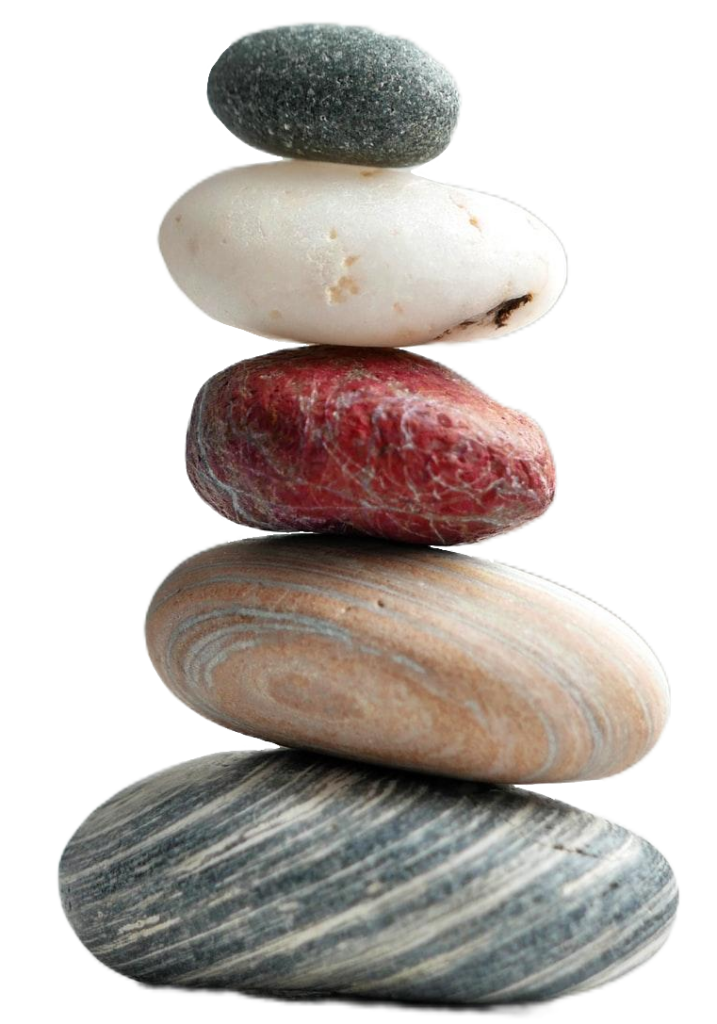
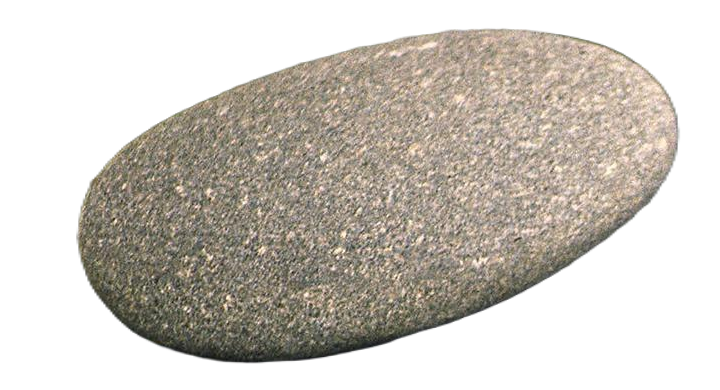
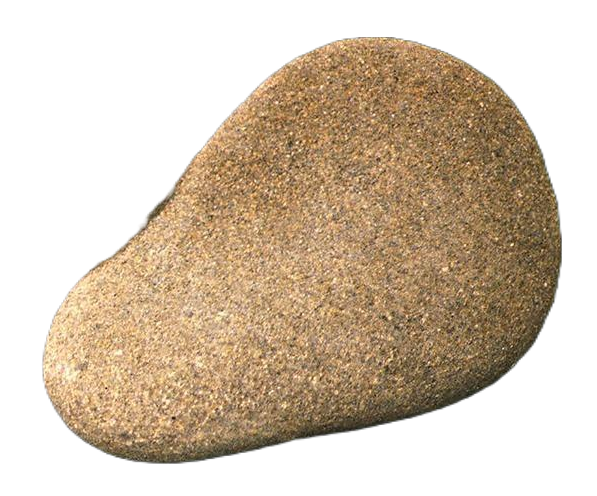

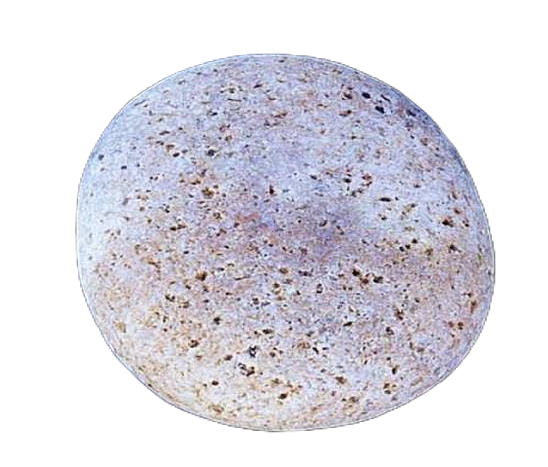
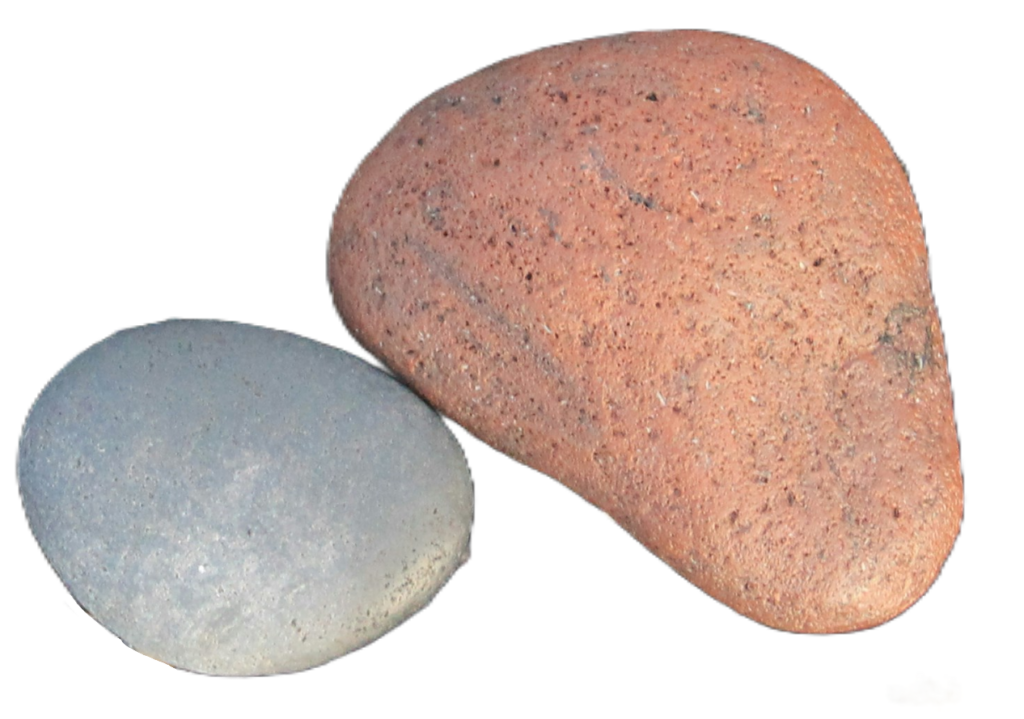

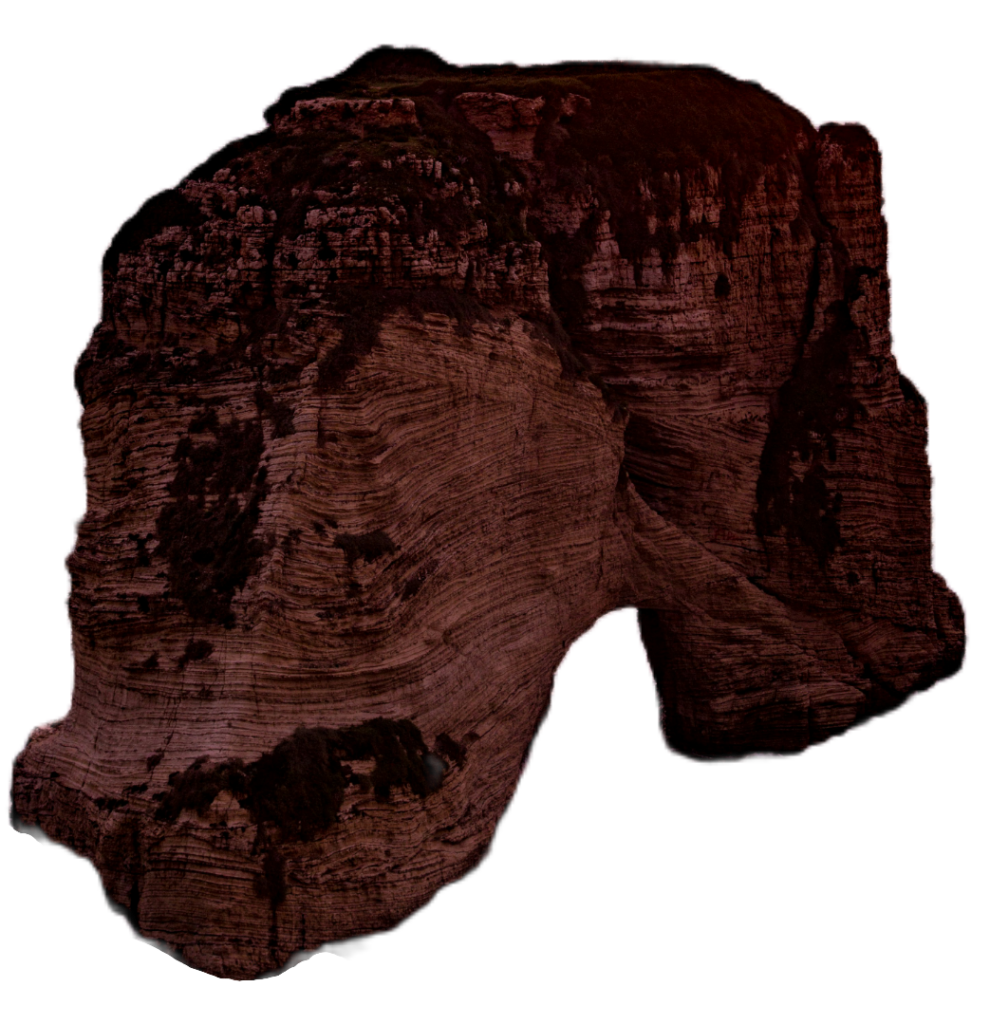
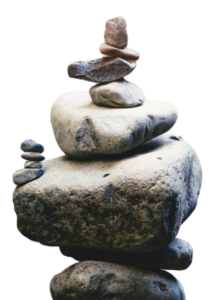
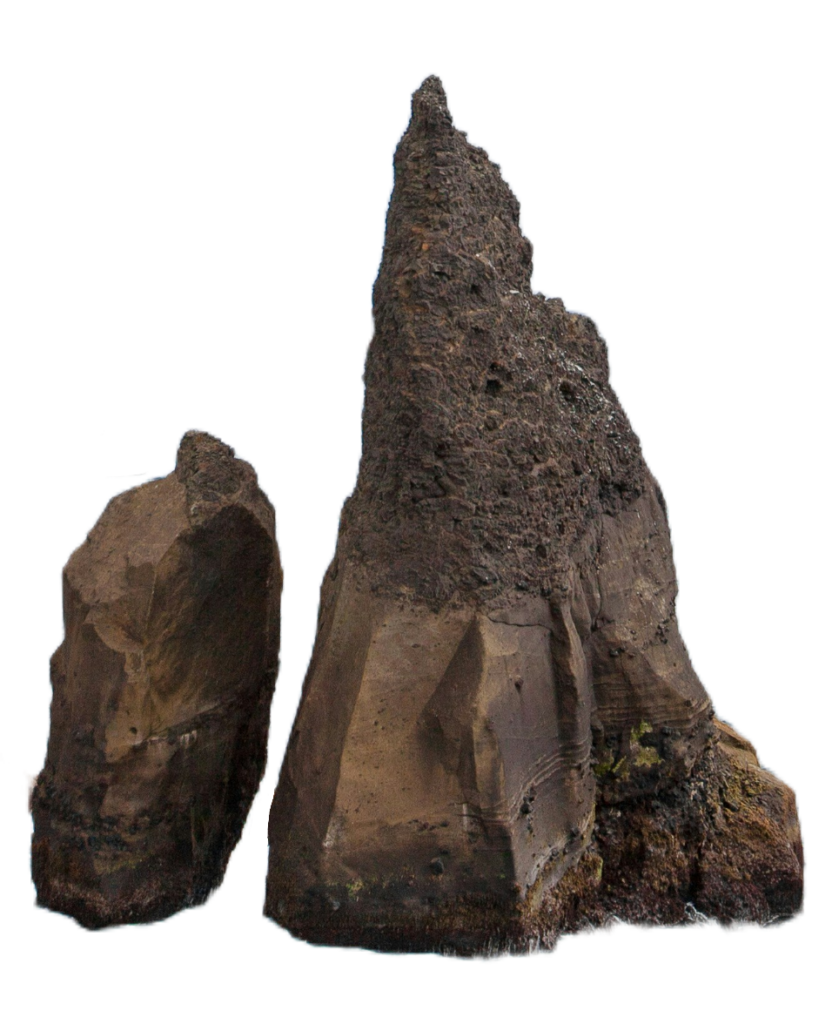
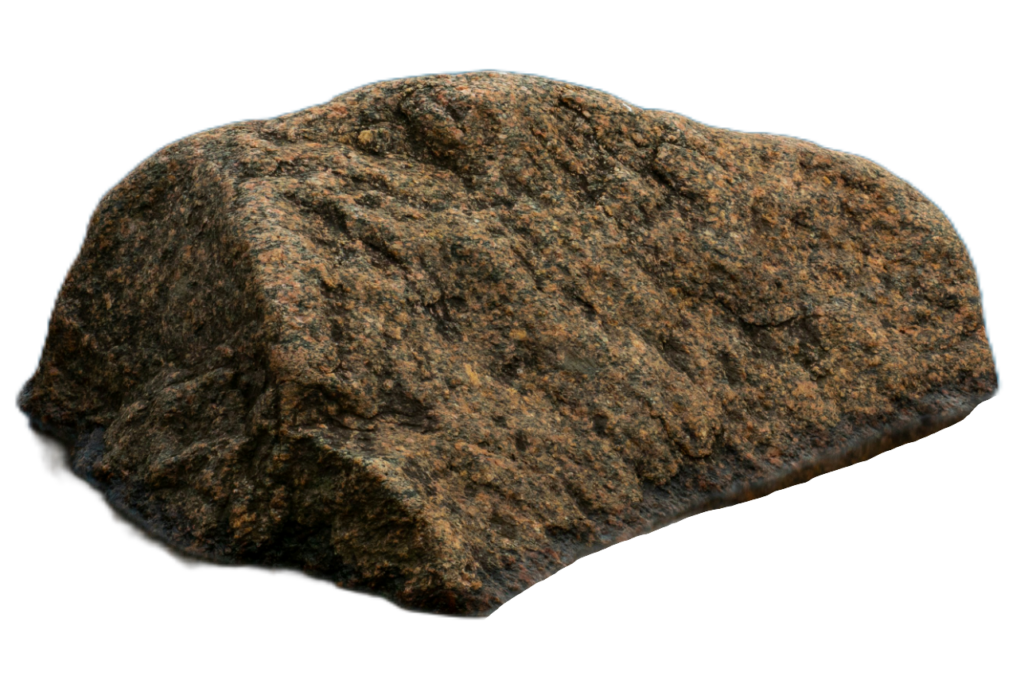
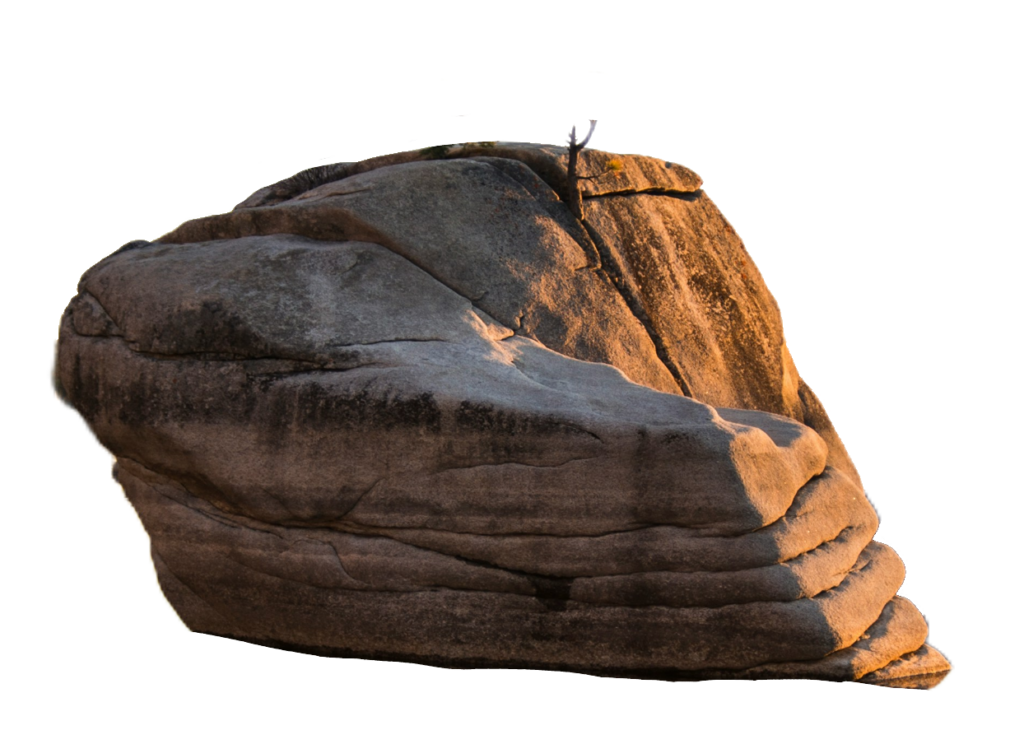
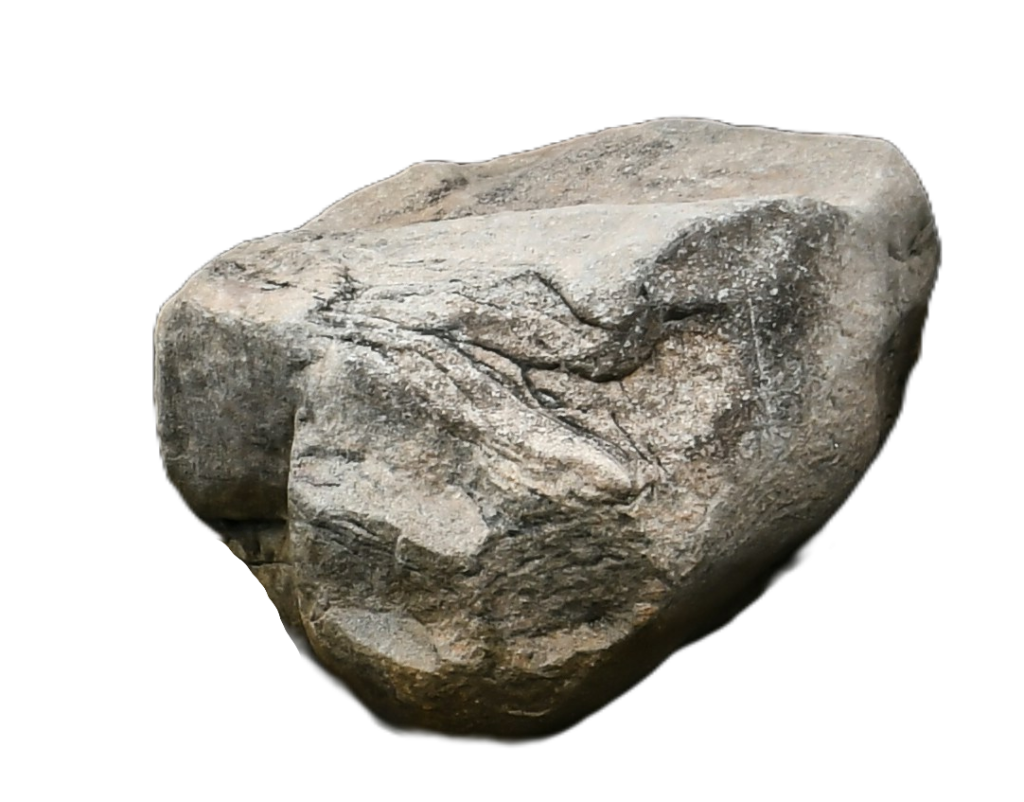
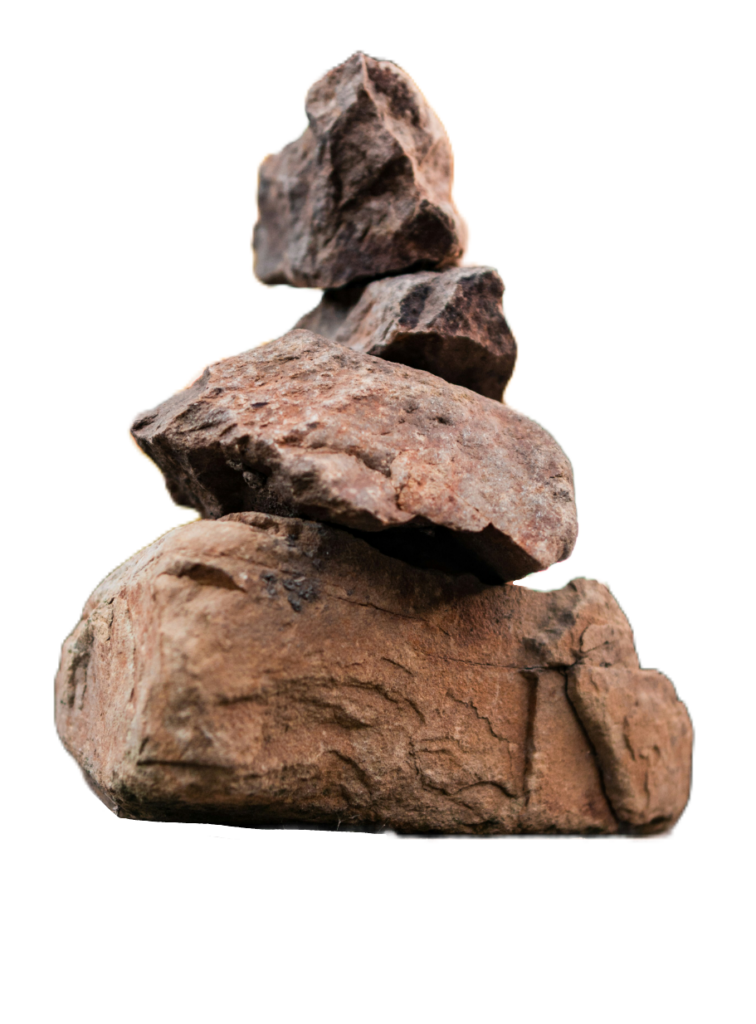

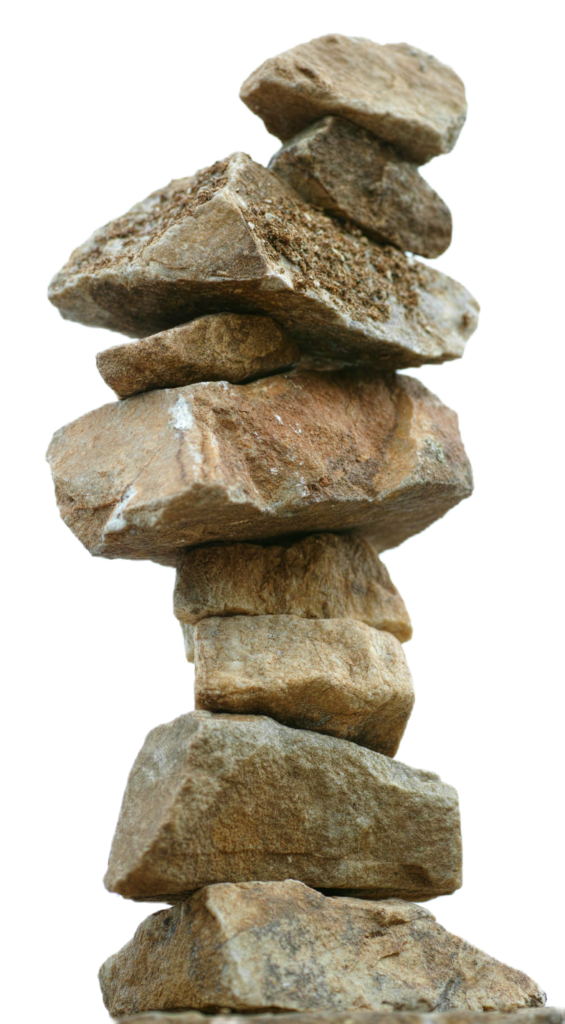
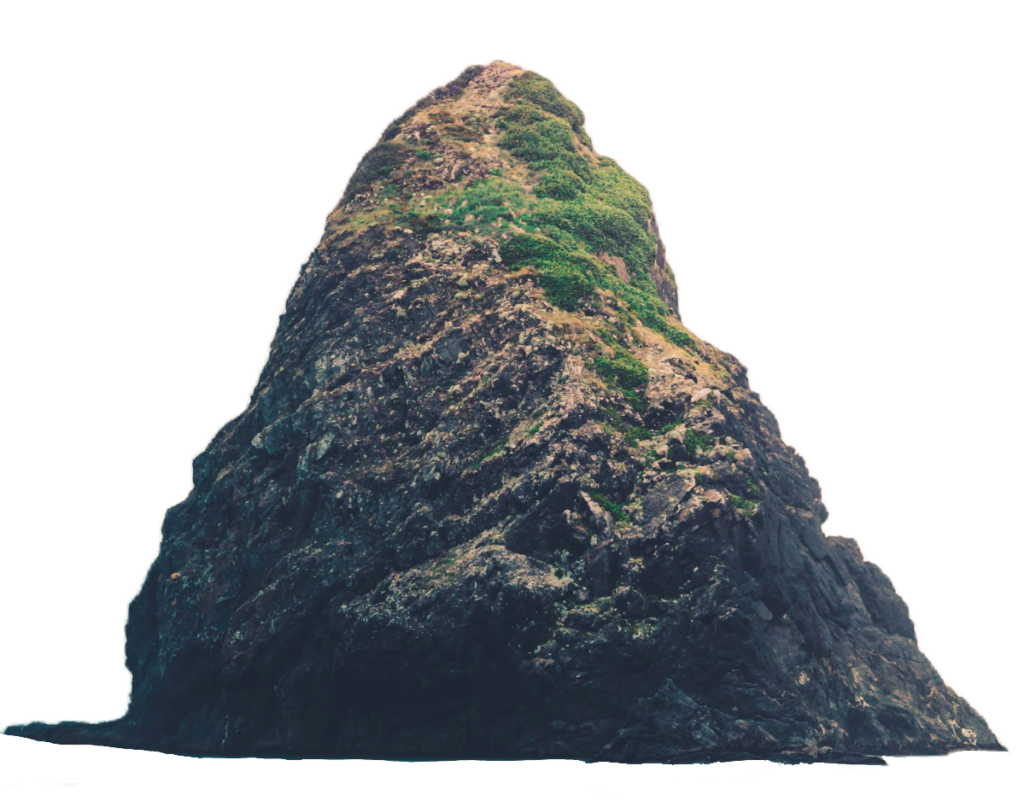

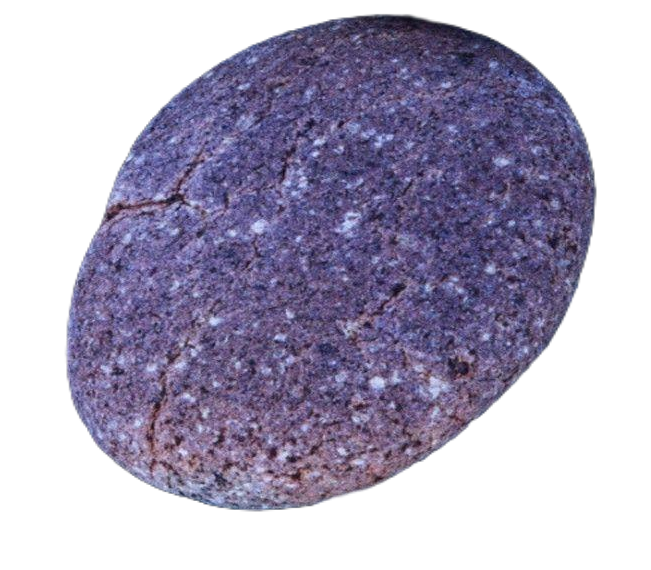
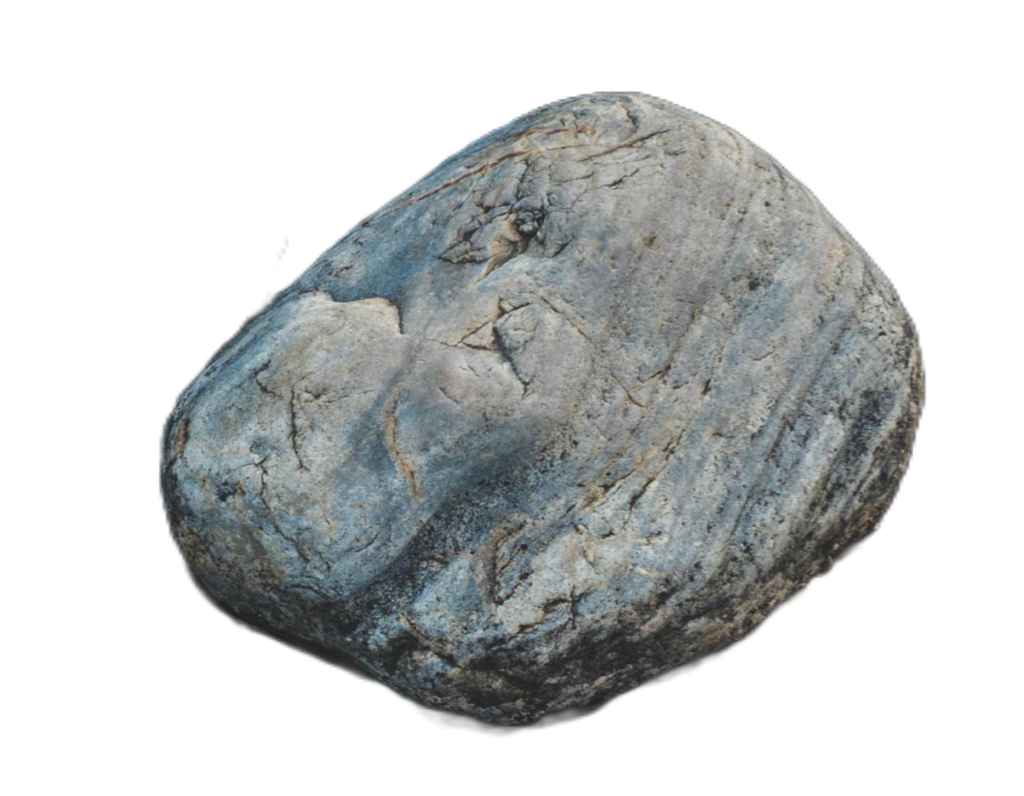
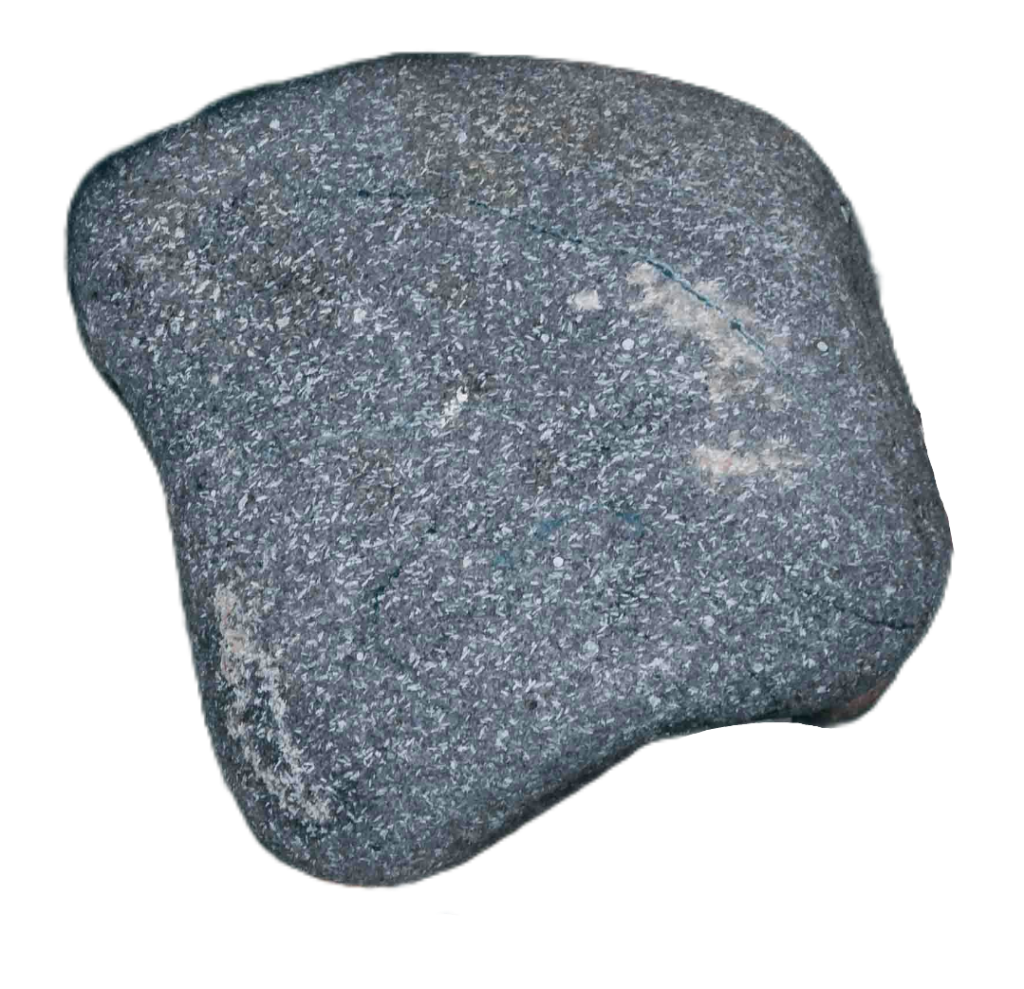
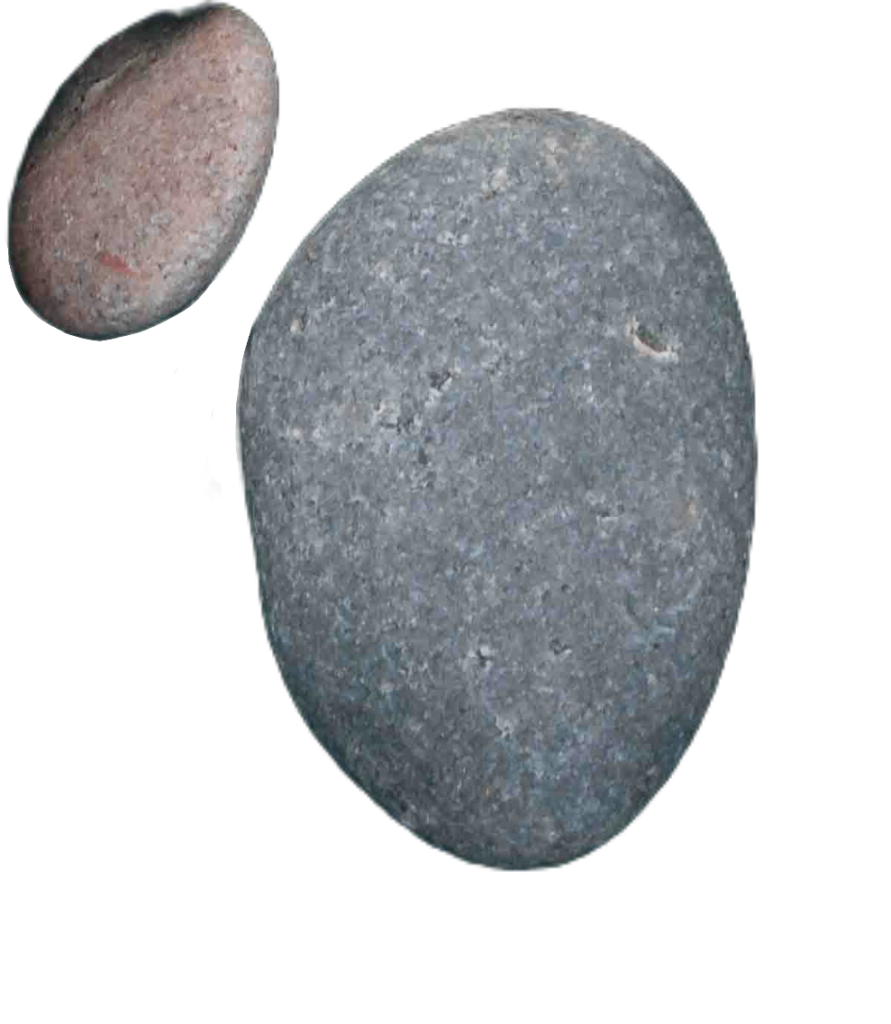
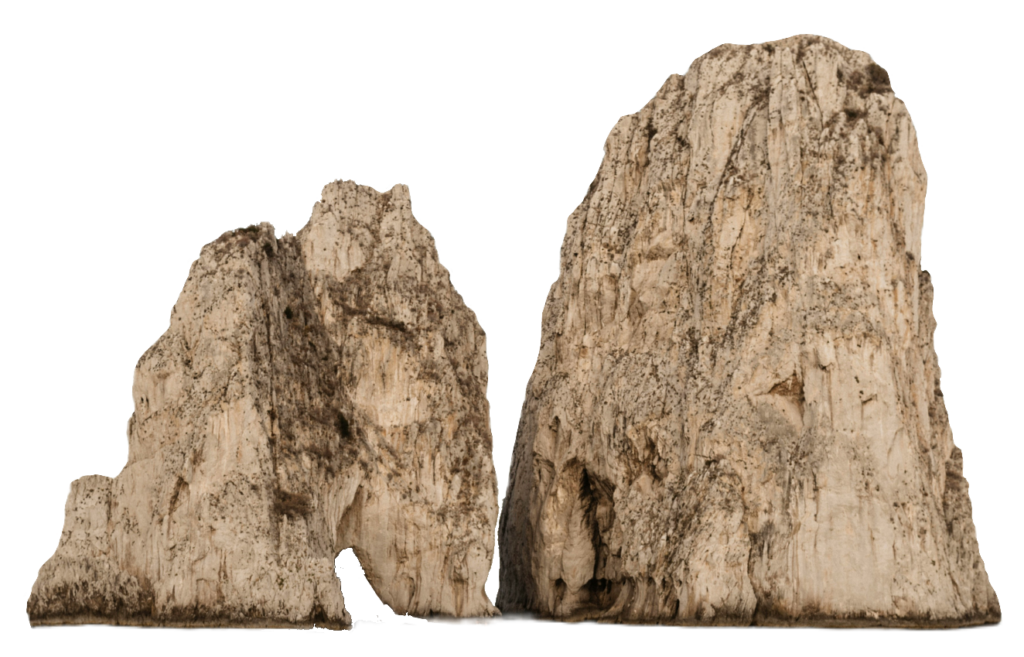
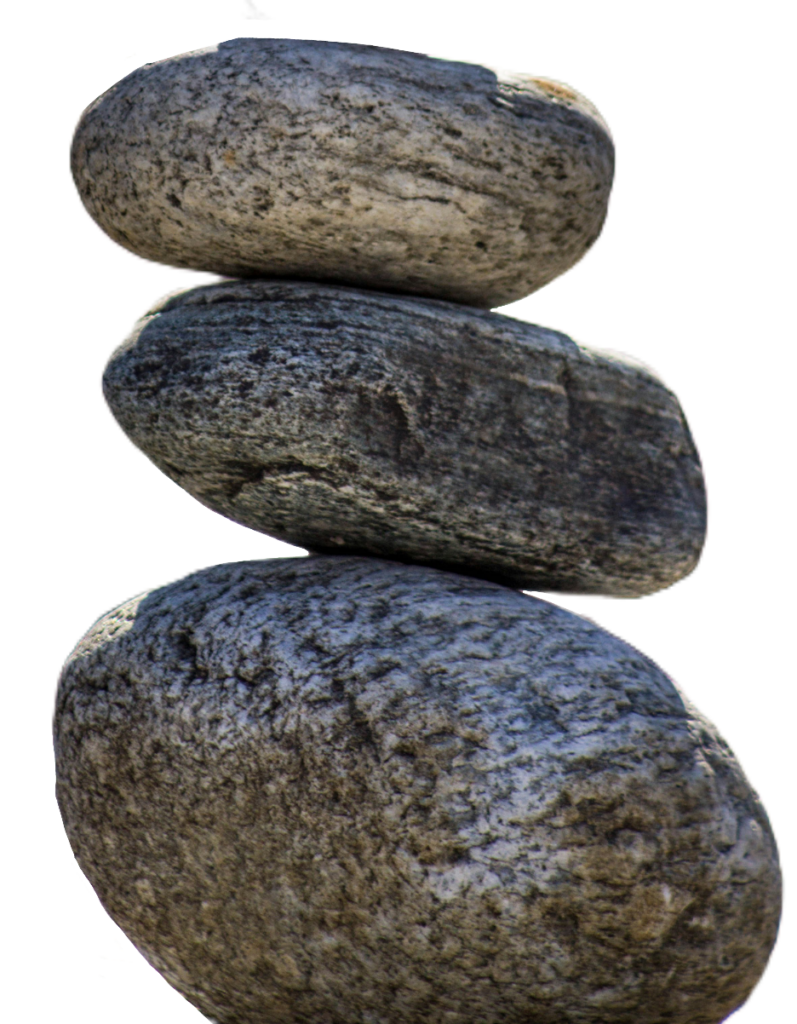
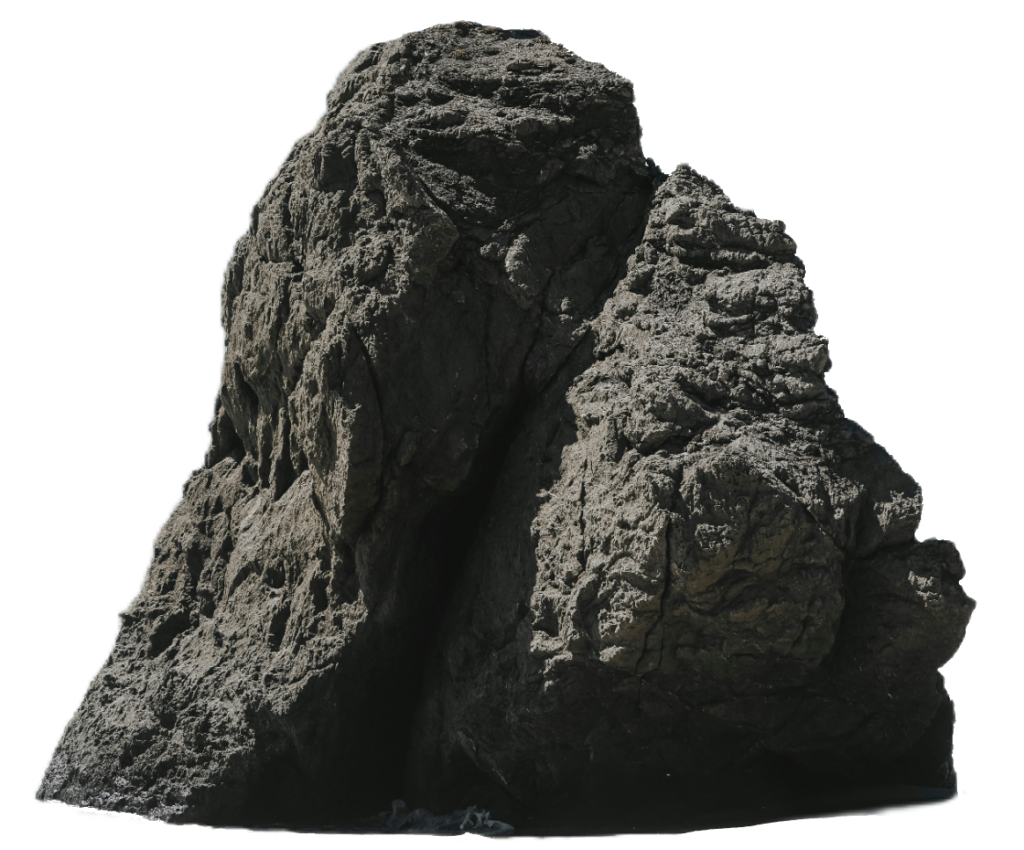

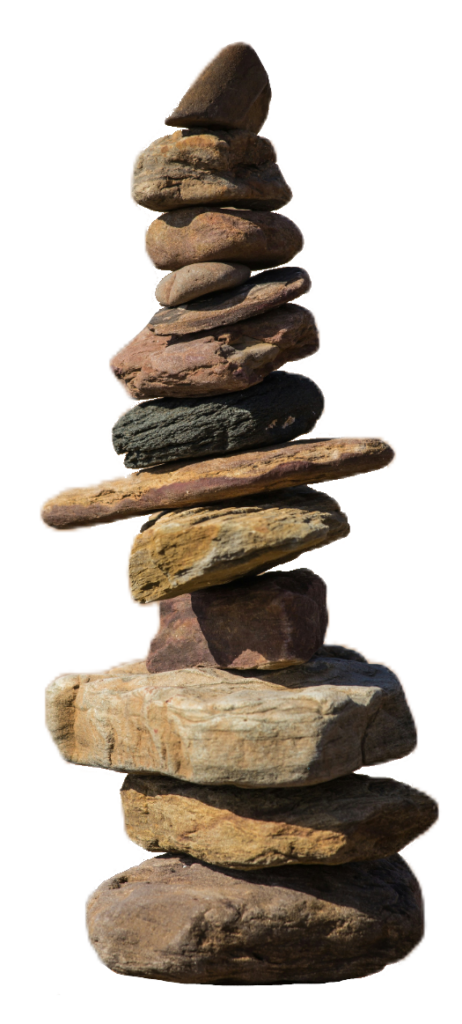



Rock stones, commonly known simply as rocks, are natural substances composed of minerals. They are fundamental to the Earth’s crust and have played a crucial role in shaping the planet’s surface. Rocks have been utilized by humans throughout history for a variety of purposes, including construction, tools, and art.
Rocks are classified into three primary categories based on their formation processes: igneous, sedimentary, and metamorphic. Igneous rocks form from the solidification of molten magma or lava. These can be further divided into intrusive rocks, which crystallize below the Earth’s surface, and extrusive rocks, which solidify at the surface. Examples include granite (intrusive) and basalt (extrusive). Sedimentary rocks, such as limestone and sandstone, are created by accumulating and compressing mineral and organic particles over time. Metamorphic rocks, like marble and slate, originate from existing rocks that transform due to high pressure, temperature, or chemical processes.
The rock cycle is a continuous process that describes the transformation of rocks through geological time. Igneous rocks can break down into sediments, which eventually form sedimentary rocks. These sedimentary rocks can then be subjected to extreme conditions, transforming them into metamorphic rocks. Metamorphic rocks, when melted, become magma, starting the cycle anew as they cool to form igneous rocks. This cycle illustrates the dynamic and interconnected nature of Earth’s geology.
Rocks have been indispensable to human civilization from prehistoric times to modern times. Early humans used stones to create tools and weapons essential for hunting and survival. As societies evolved, rocks became fundamental materials for construction, providing the foundation for buildings, bridges, and roads. The use of stones in art and architecture is evident in ancient monuments, such as the pyramids of Egypt and the Parthenon in Greece, showcasing their aesthetic and structural value.
Beyond their human uses, rocks play a critical role in the natural environment. They form the bedrock of terrestrial ecosystems, influencing soil formation and landscape features. Rocks also contain valuable minerals and fossil fuels crucial for modern industries. Studying rocks, known as petrology, helps scientists understand Earth’s history and predict geological events such as earthquakes and volcanic eruptions.
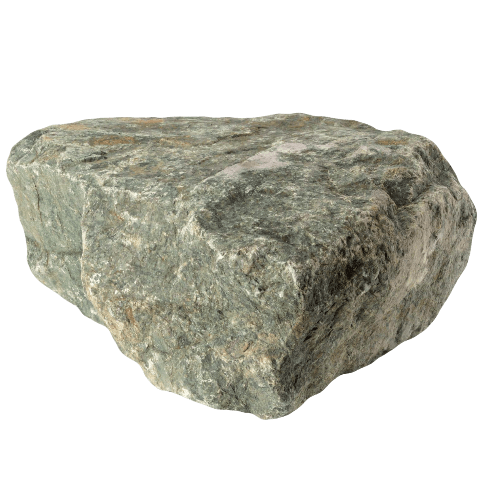

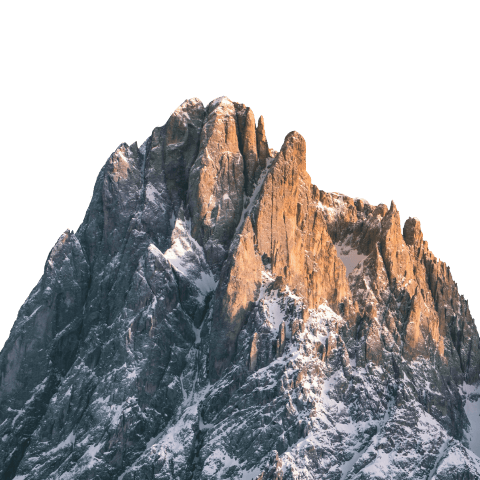



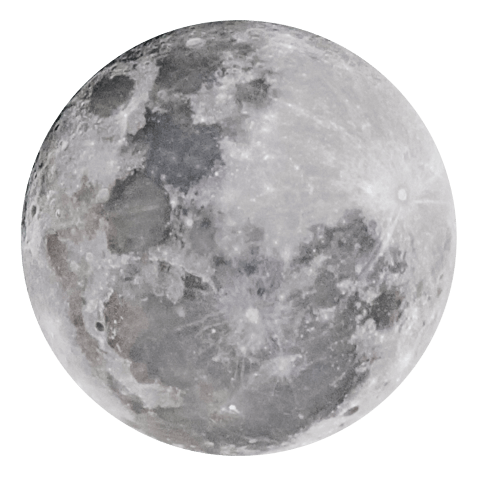
Leave a Comment
Instagram